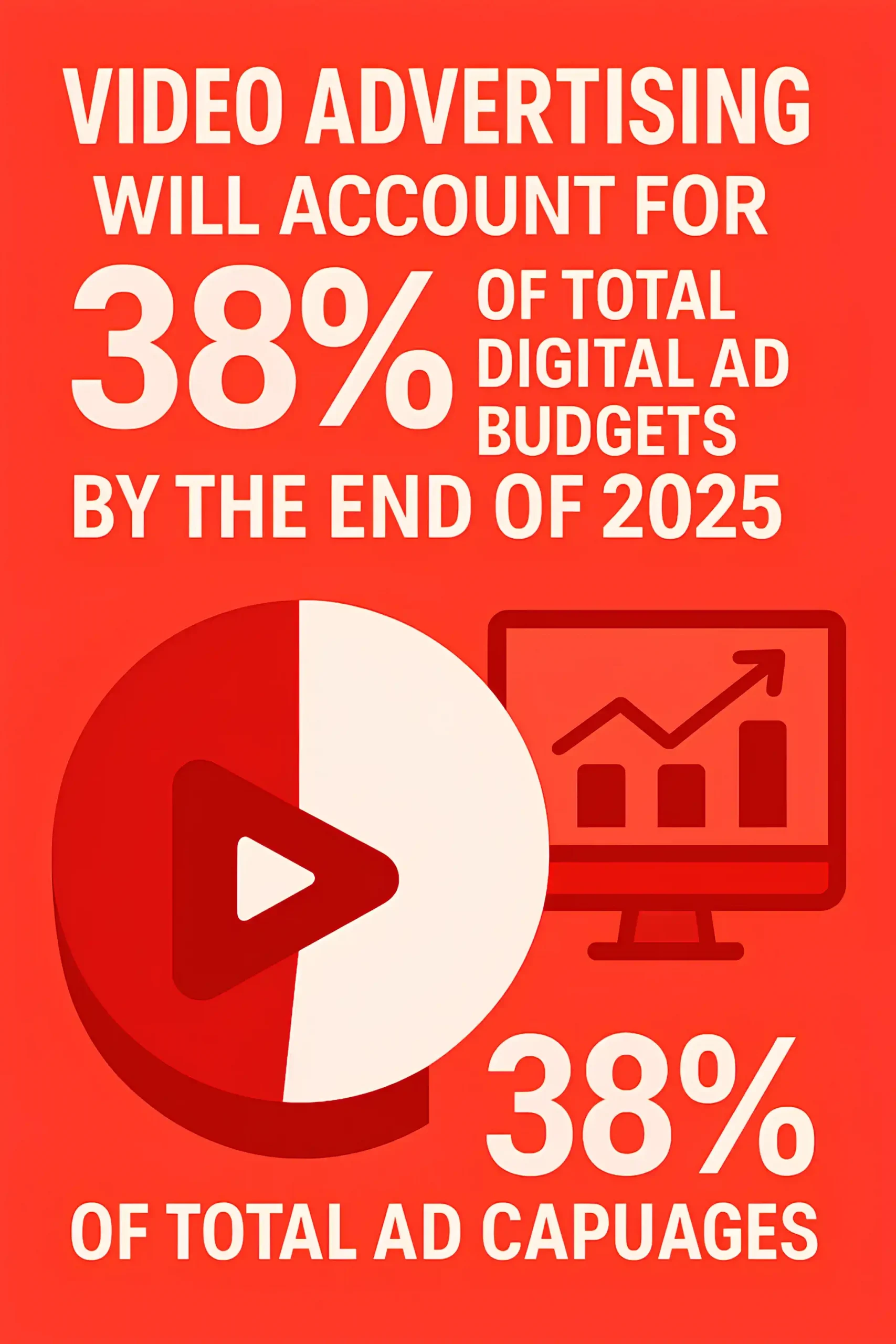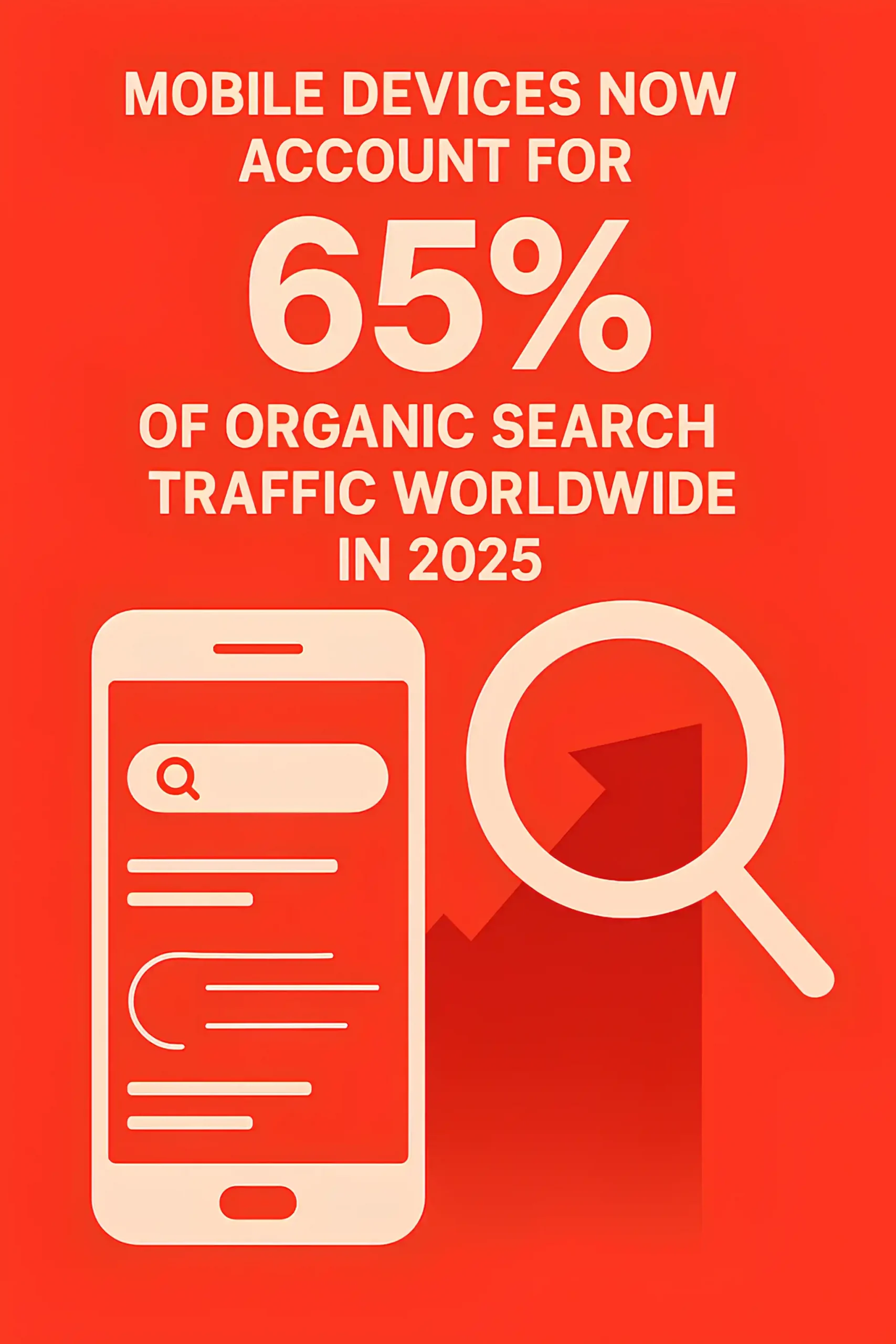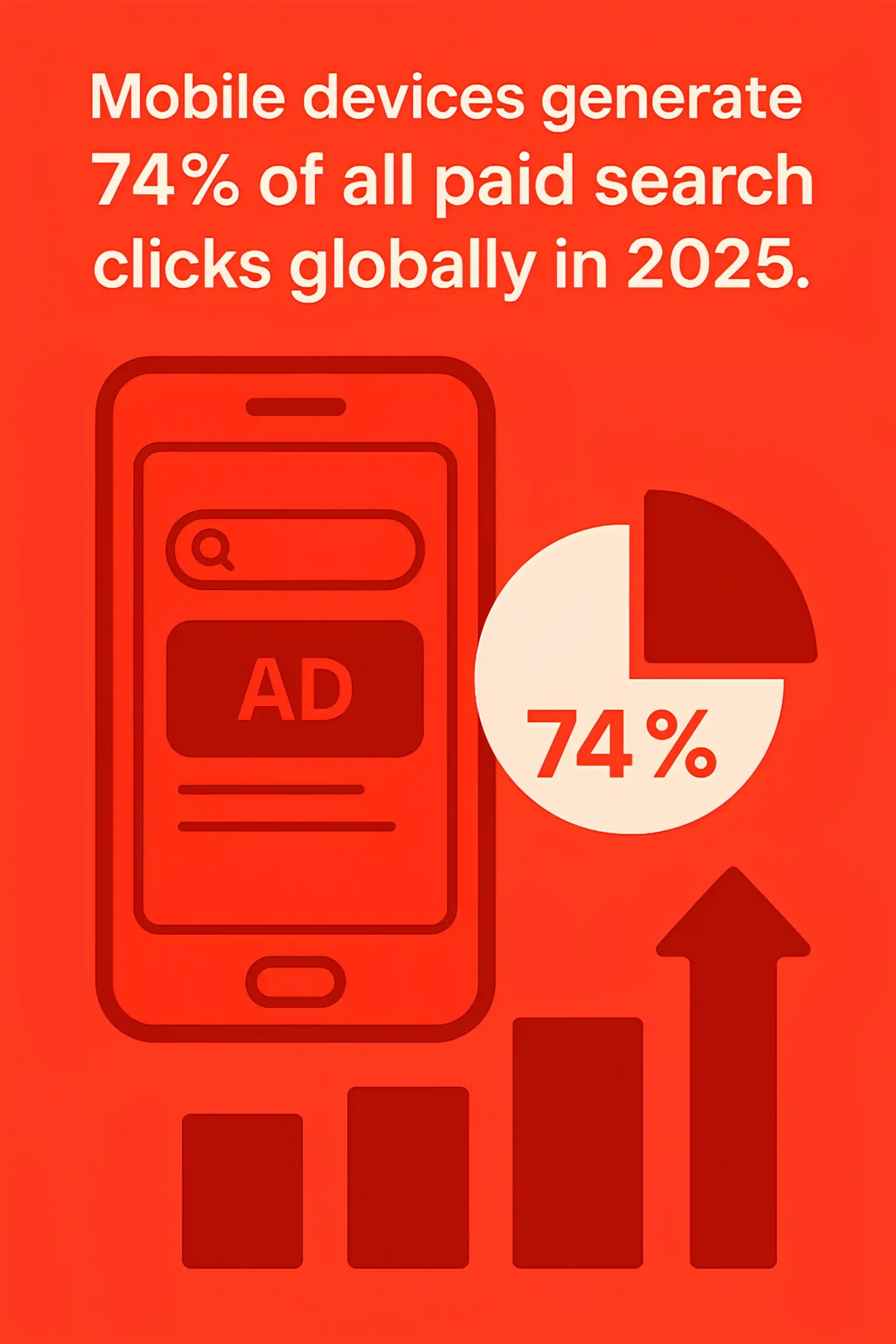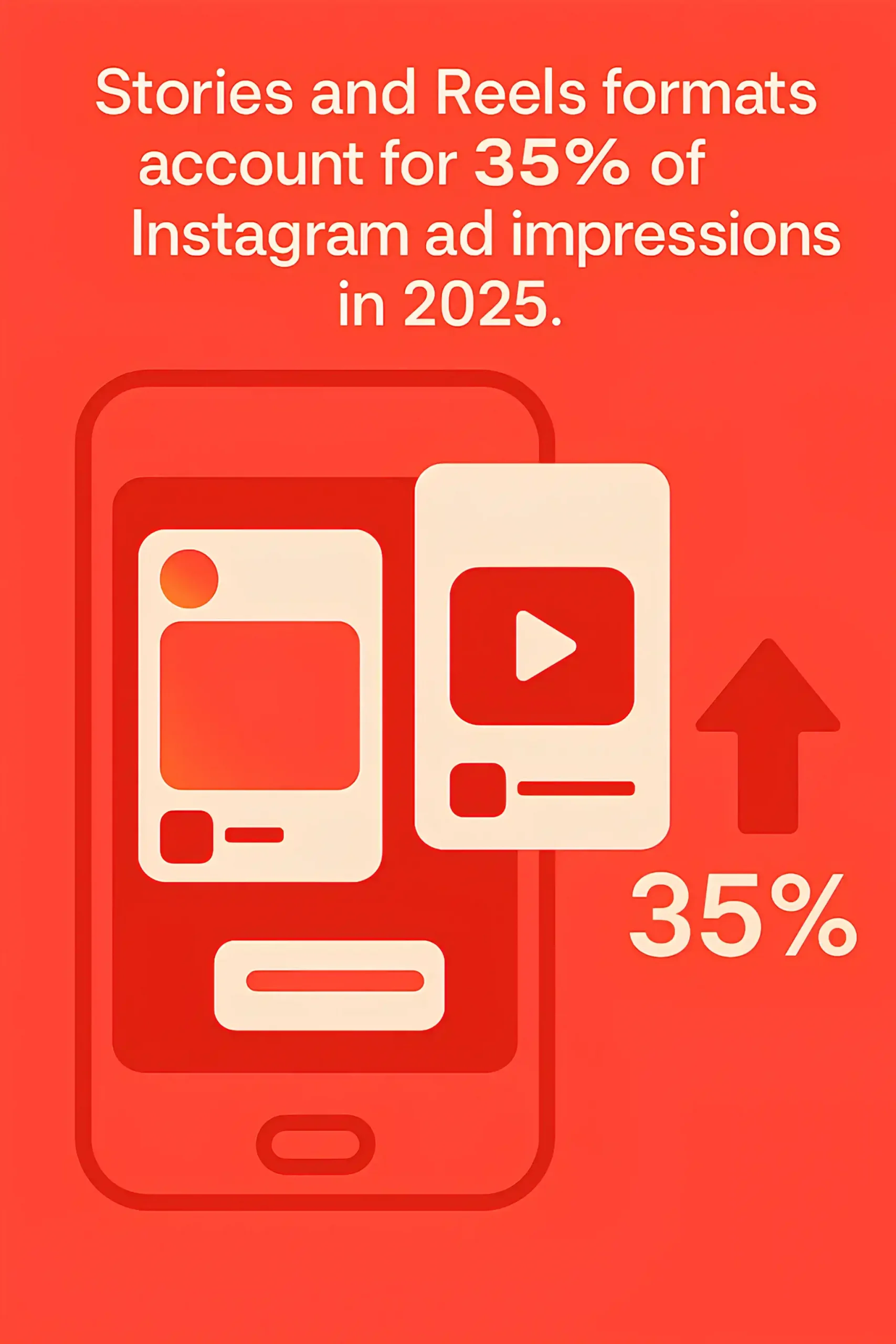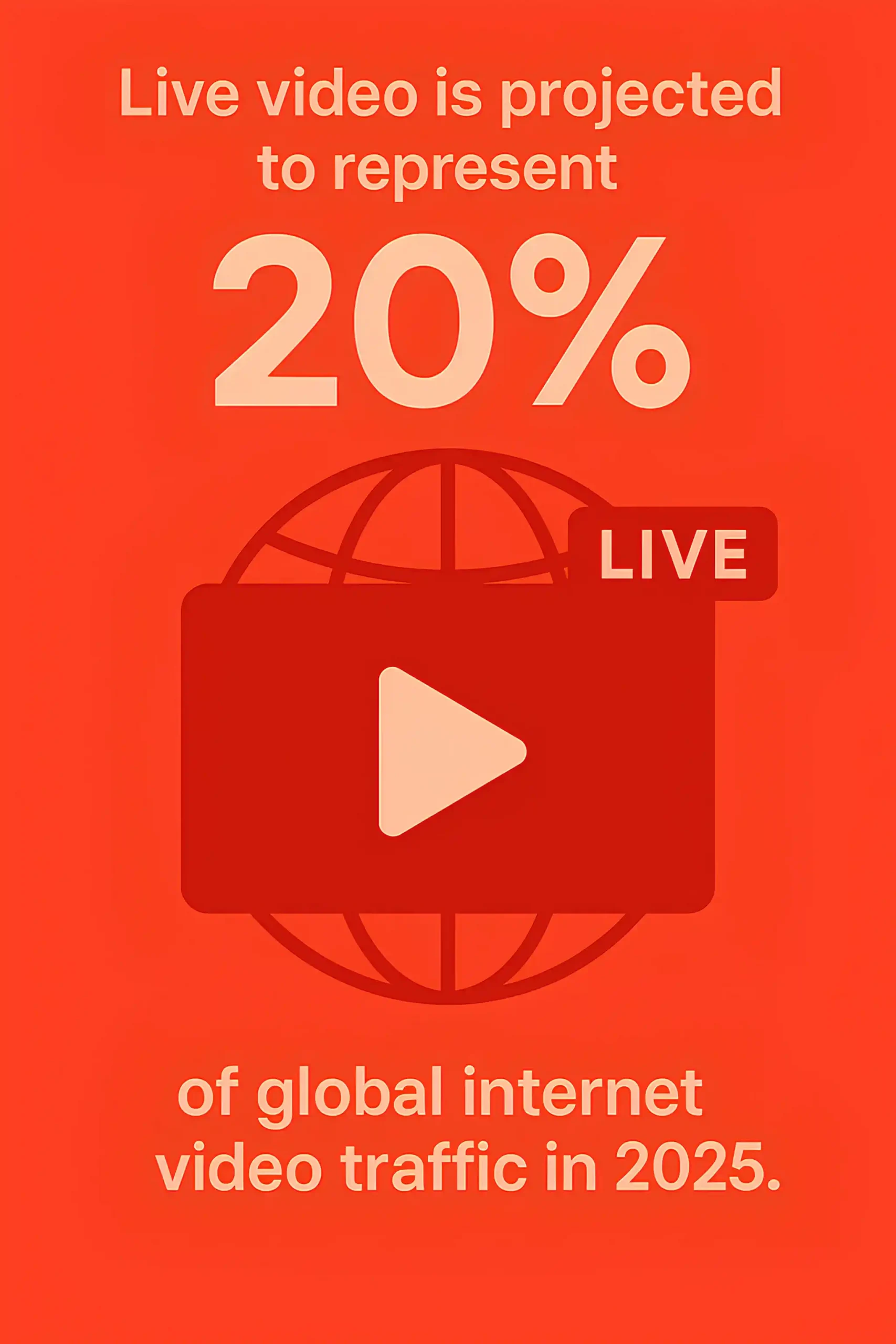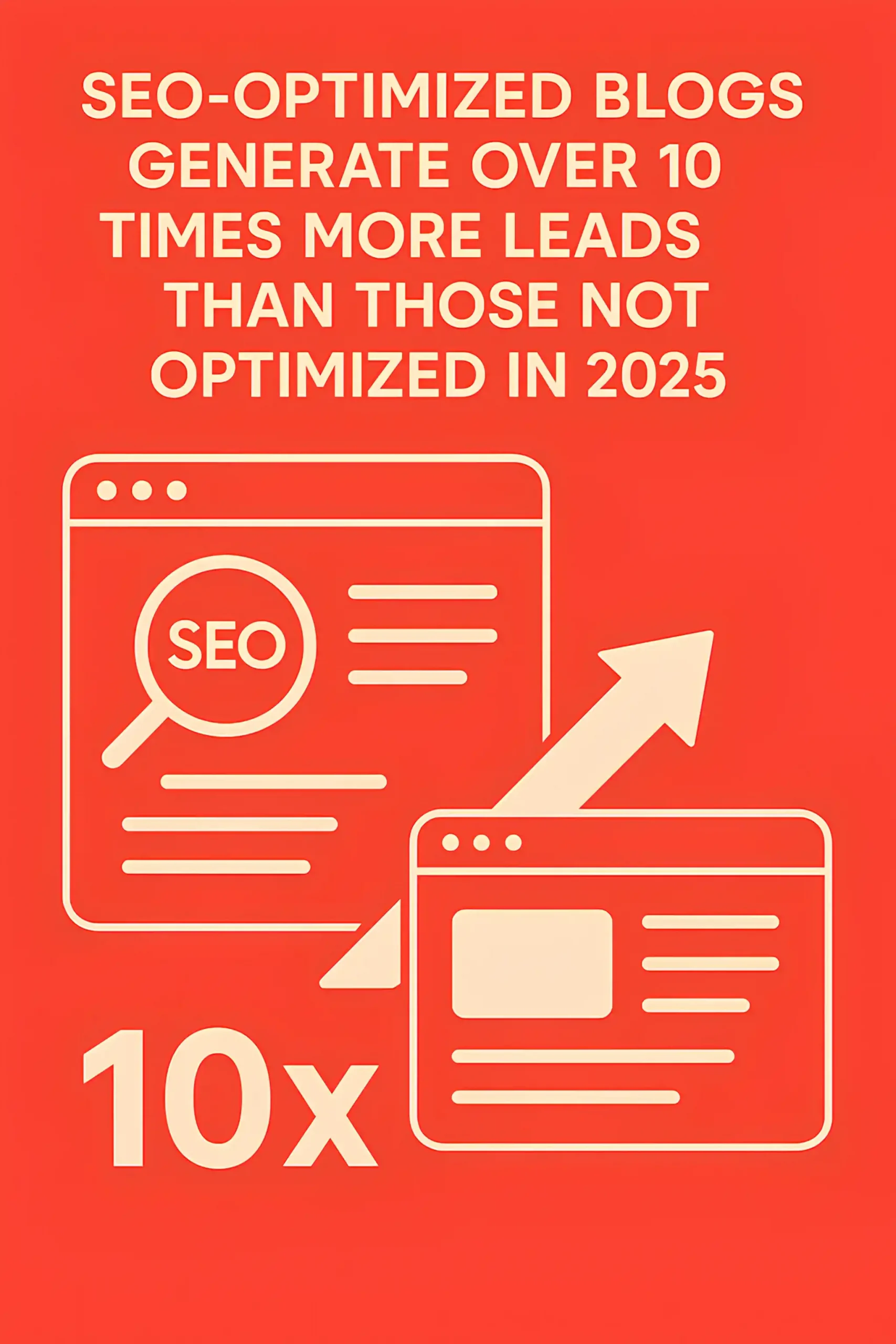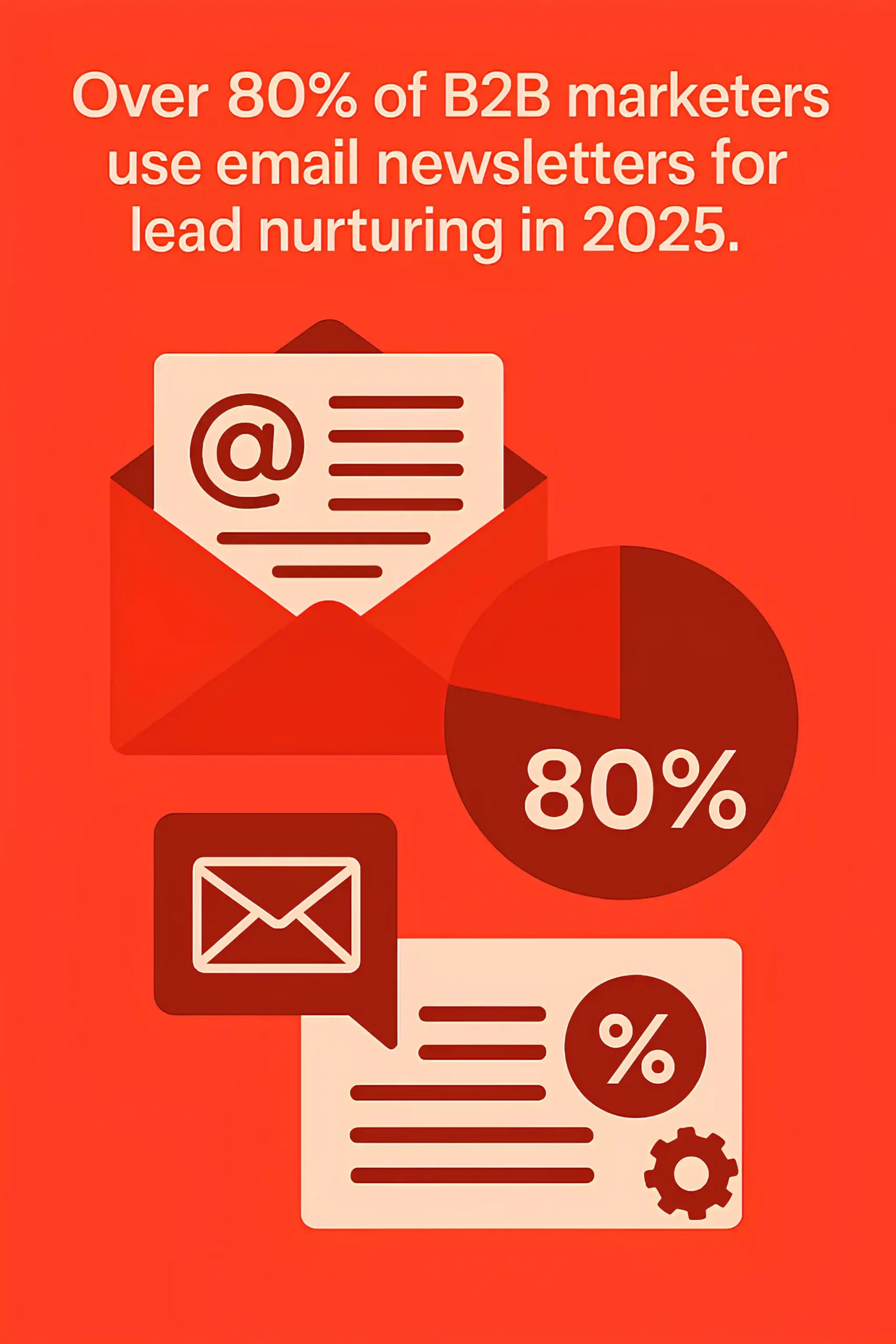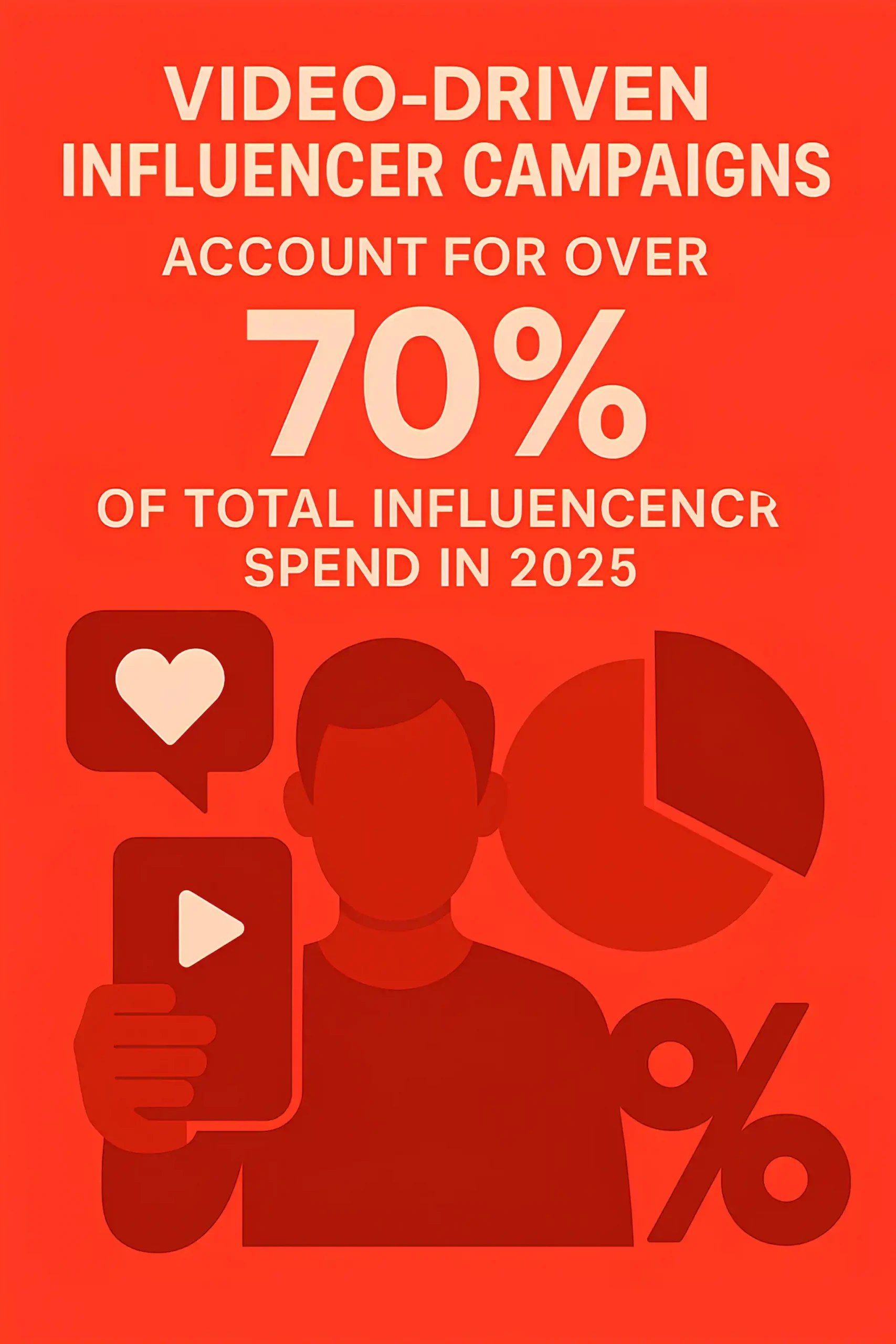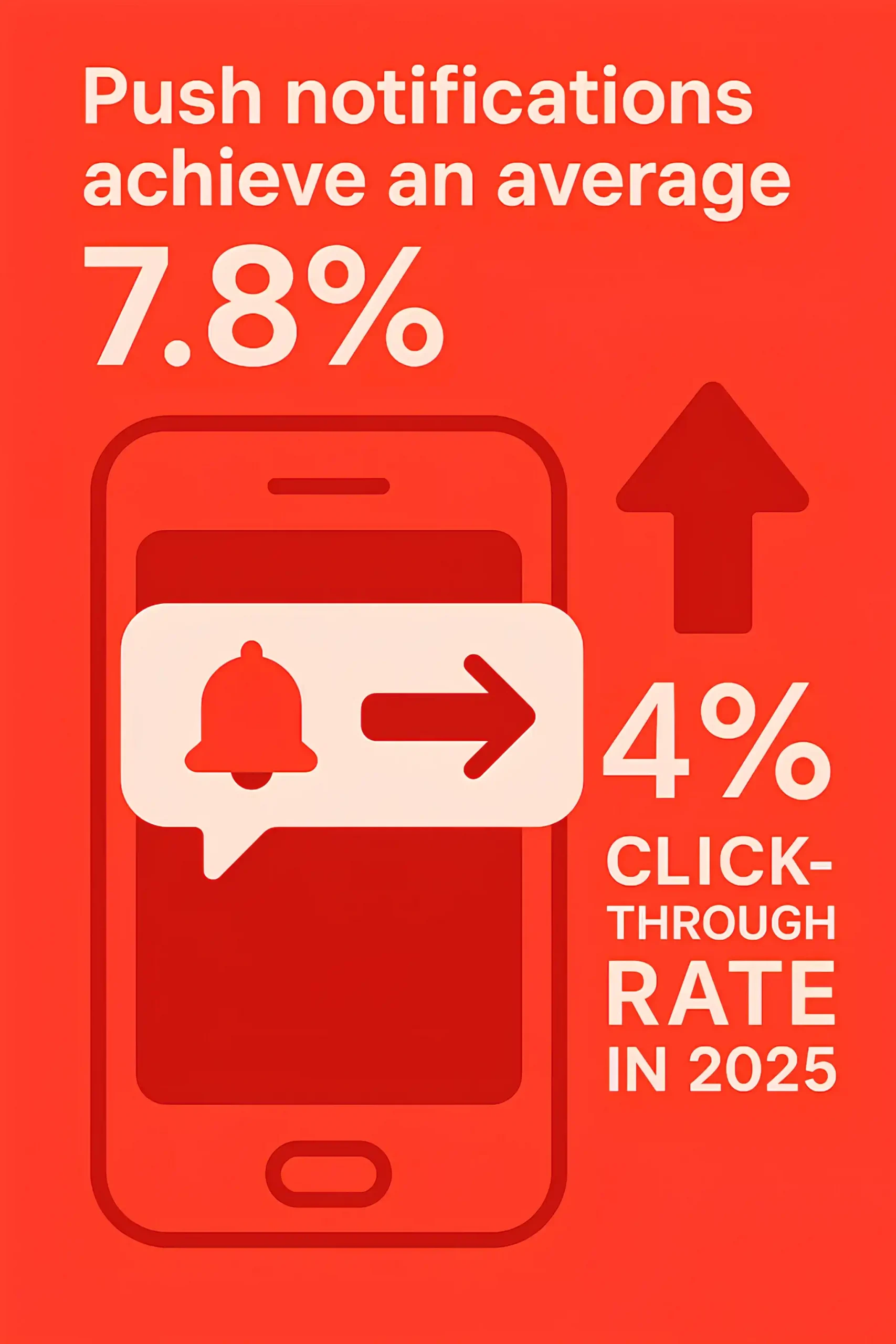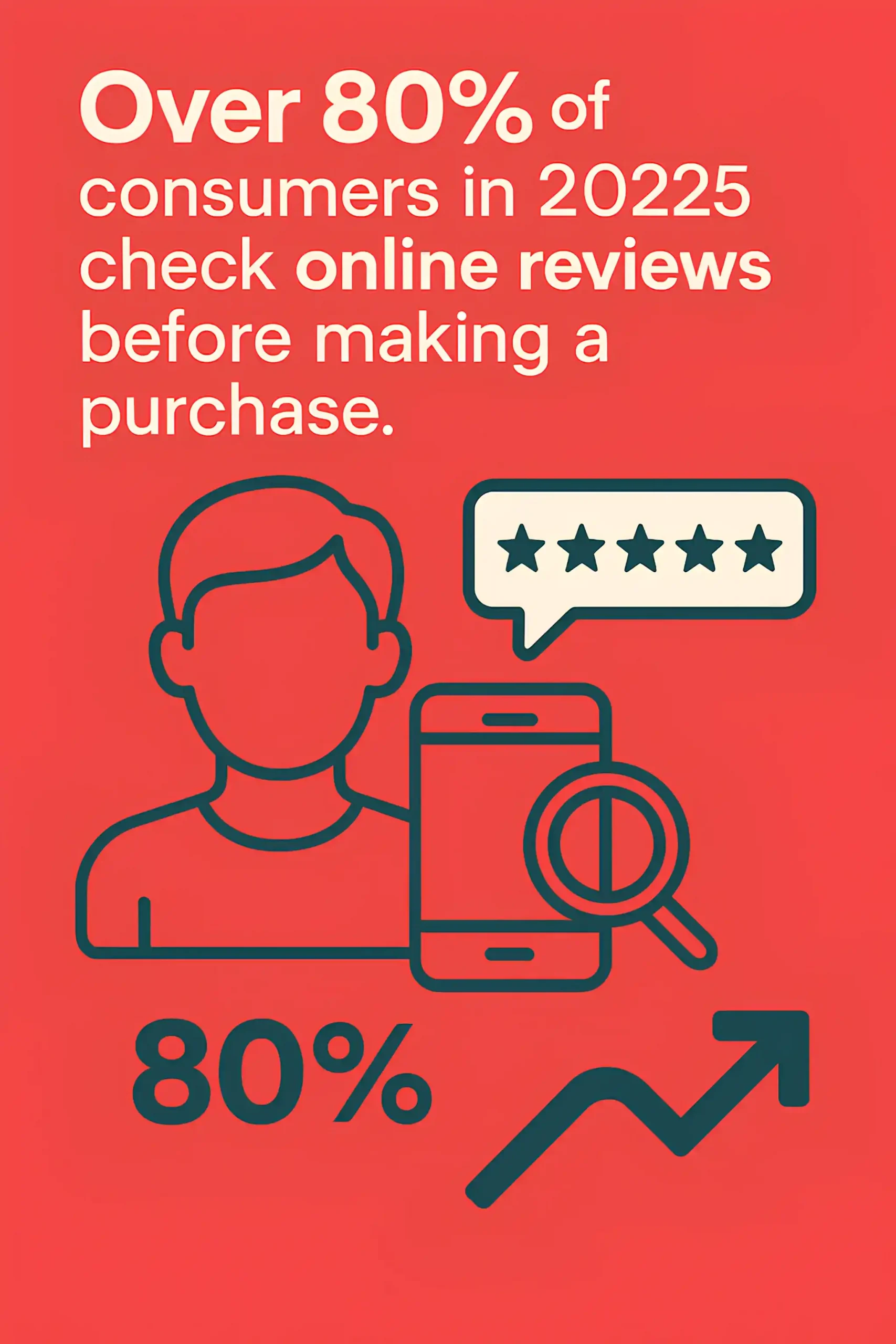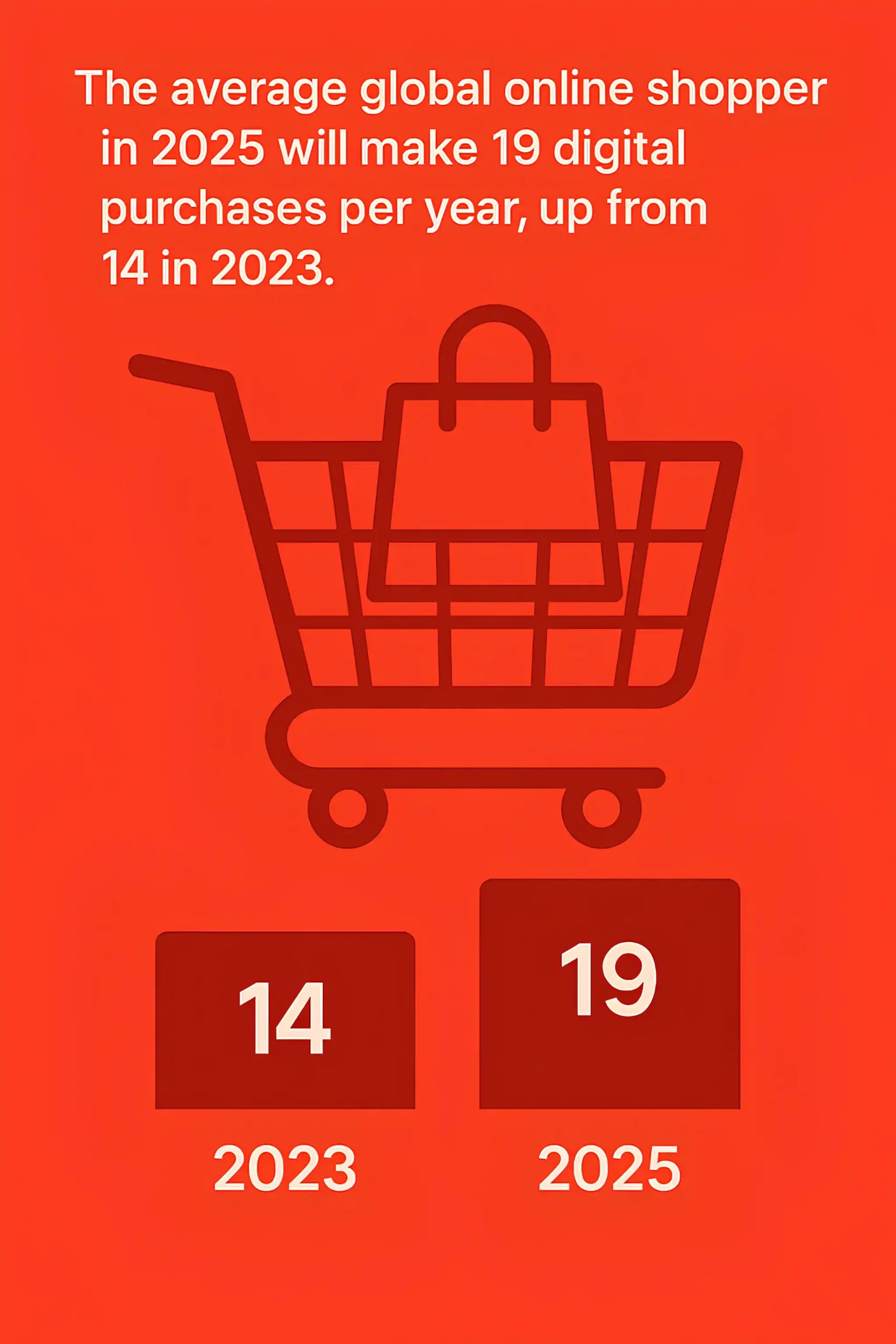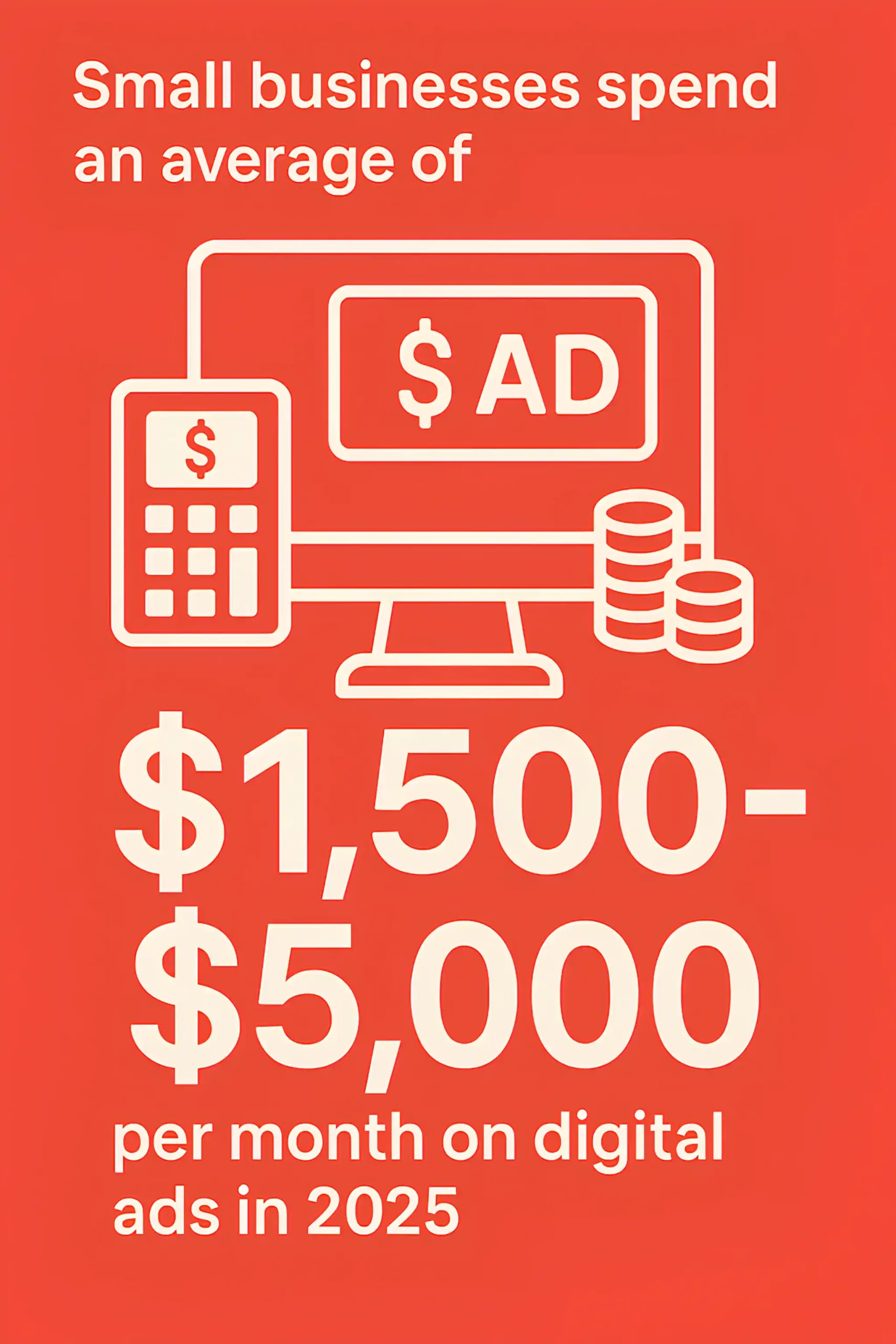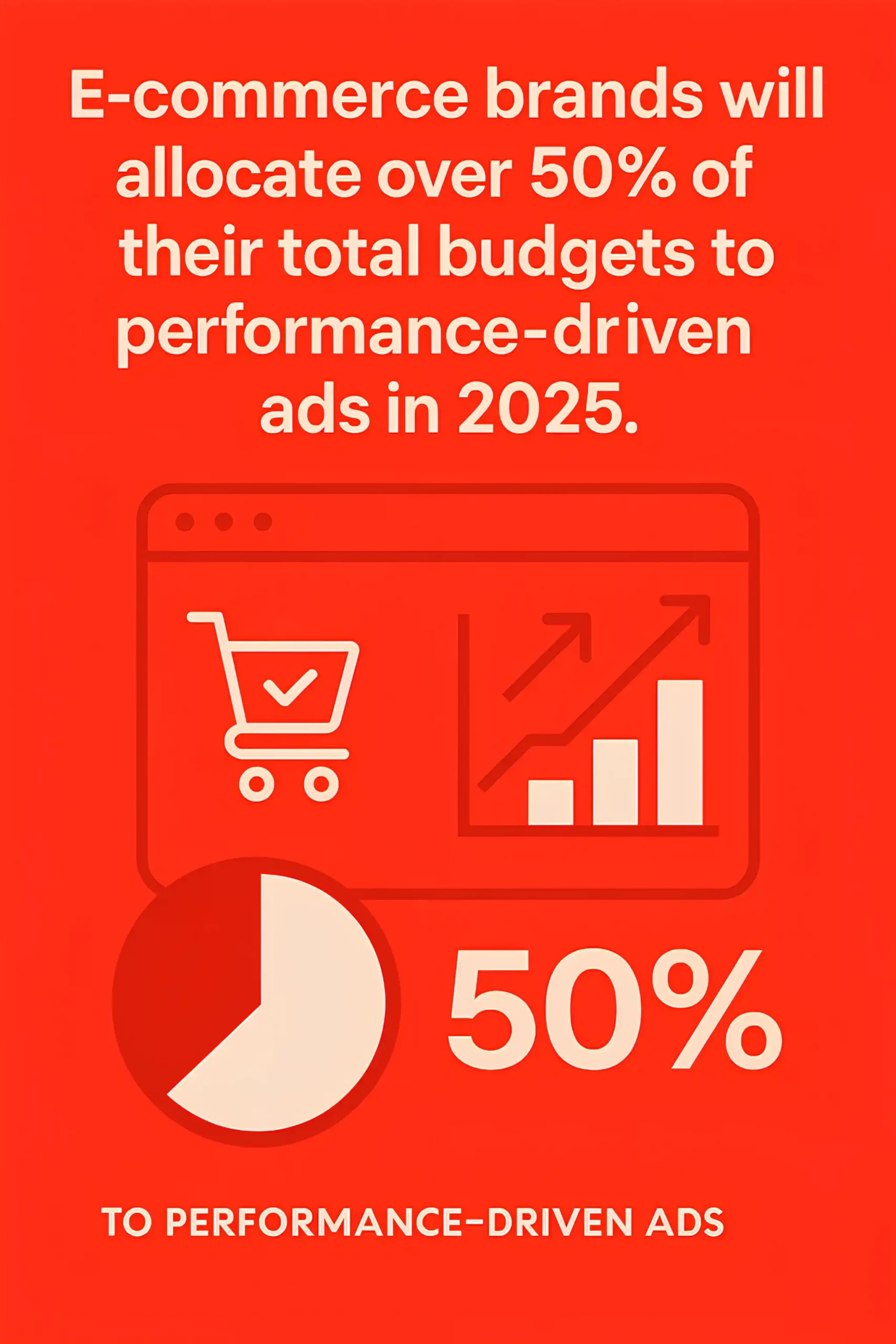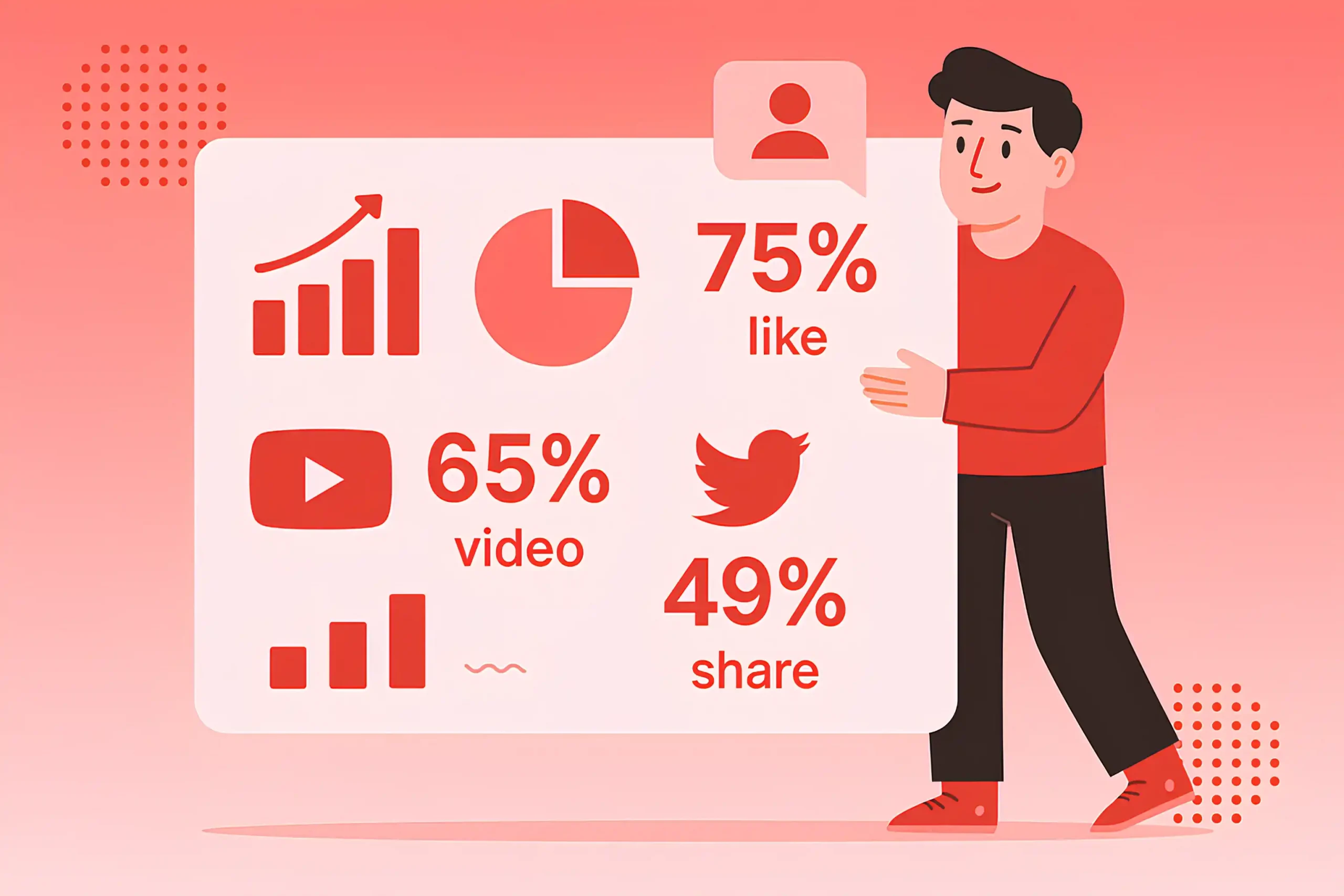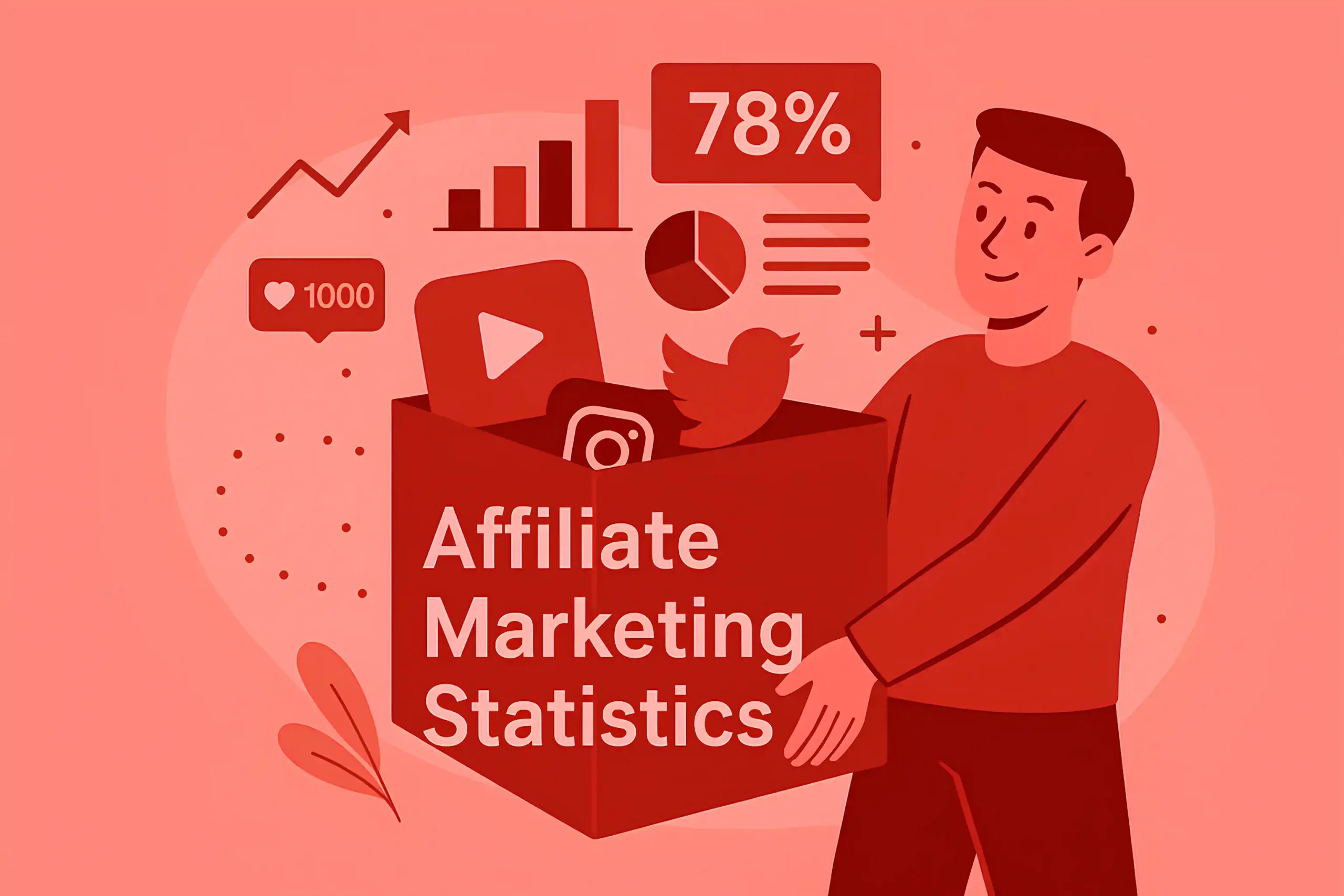Digital marketing in 2025 is no longer about testing possibilities; it is defined by hard numbers that are already reshaping industries. Global ad spend is projected to surpass one trillion dollars, short-form video drives over 40 % of consumer discovery, and nearly half of marketers are reallocating budgets into influencer partnerships.
In our collection of over 250+ digital marketing statistics, we compile the most credible and current insights across SEO, social media, paid advertising, content performance, and consumer behavior.
Each statistic offers a clear data point to support sharper campaigns, create authoritative content, and make faster, evidence-driven decisions in an increasingly competitive digital environment.
NEWMEDIA.COM is a leading digital marketing agency trusted by brands nationwide. Let’s talk about how we can create a strategy built around your business.
Global Digital Marketing Spend and Growth
Global digital ad spend is projected to surpass $1.02 trillion in 2025, accounting for more than 65% of total media spend.
Spending on mobile advertising is expected to reach $495 billion in 2025, making up nearly half of all digital ad investments.
Programmatic advertising will capture over 85% of digital display ad spend worldwide in 2025.
Social media ad spend is projected to grow to $219 billion in 2025, up 14% from 2024.
Video advertising will account for 38% of total digital ad budgets by the end of 2025.
Global influencer marketing spend is expected to climb to $25 billion in 2025, nearly double the 2021 figure.
Search advertising revenue worldwide is forecasted to exceed $250 billion in 2025.
North America will remain the largest digital ad market with a projected spend of $350 billion in 2025.
Asia-Pacific digital ad expenditure is forecasted to grow by 17% year-over-year, outpacing all other regions.
By 2025, 90% of businesses are expected to allocate at least some portion of their marketing budget to digital channels.
Retail will continue as the top-spending industry, investing over $160 billion in digital ads in 2025.
Emerging markets (Latin America, Africa, the Middle East) will contribute 12% of global digital ad growth in 2025.
You May Also Be Interested in 80+ Web Design Statistics
SEO and Organic Search Statistics
Organic search continues to dominate digital visibility, with over 53% of all website traffic in 2025 coming from unpaid search results.
Global spending on SEO services is expected to exceed $122 billion in 2025, reflecting its central role in marketing budgets.
Google still accounts for over 91% of the global search market share in 2025, keeping it the primary focus for optimization.
The average click-through rate for the top-ranking page on Google in 2025 remains around 27.6%, compared to less than 2% for results on page two.
Voice search is predicted to influence 30% of all search queries by 2025, reshaping optimization strategies.
More than 70% of marketers report that SEO delivers better ROI than paid advertising in 2025.
Featured snippets capture 16% of total clicks across Google searches in 2025, making structured content increasingly valuable.
Mobile devices now account for 65% of organic search traffic worldwide in 2025.
Long-tail keywords generate over 70% of organic search traffic in 2025, highlighting the demand for specific, intent-driven queries.
Local searches with “near me” continue to grow, representing 28% of all mobile search volume in 2025.
The share of zero-click searches on Google is projected to reach 59% in 2025, driven by knowledge panels and direct answers.
Over 80% of B2B buyers in 2025 say they begin the purchasing process with an organic search.
Paid Search and PPC Advertising
Global spending on paid search advertising is projected to surpass $260 billion in 2025, making it one of the fastest-growing digital channels.
Google Ads continues to dominate the market with over 72% of global PPC share in 2025.
The average cost per click (CPC) across industries worldwide has risen to $2.85 in 2025, up from $2.45 in 2023.
Paid search now drives 28% of total website traffic for businesses globally in 2025.
Click-through rates for search ads have increased to an average of 6.1% in 2025, reflecting stronger ad relevance and targeting.
Retail and e-commerce brands account for over 35% of global PPC spend in 2025.
Bing and Microsoft Ads hold 11% of the global PPC market share in 2025, fueled by AI-driven search growth.
More than 65% of small businesses worldwide are actively running PPC campaigns in 2025.
Mobile devices generate 74% of all paid search clicks globally in 2025.
AI-driven bidding strategies are used in over 80% of Google Ads campaigns in 2025.
The average return on ad spend (ROAS) for paid search in 2025 is $2.70 for every $1 invested.
Search ads with extensions see an average 15% higher CTR compared to standard ads in 2025.
You May Want to Take a Look at Our 100+ Reputation Management Statistics
Social Media Marketing Statistics
Social media ad spend worldwide is projected to reach $219 billion in 2025, making up more than 20% of total digital ad budgets.
Facebook remains the largest social media platform for advertisers, attracting over 9 million active advertisers in 2025.
Instagram ad revenue is expected to exceed $60 billion in 2025, driven largely by short-form video content.
TikTok ad spend is forecasted to surpass $30 billion in 2025, more than double its 2022 figure.
LinkedIn advertising revenue is projected at $9.2 billion in 2025, with B2B marketers accounting for the majority of spend.
More than 92% of marketers worldwide are expected to use social media as a key marketing channel in 2025.
Video content represents over 55% of all social media ad spend in 2025.
Stories and Reels formats account for 35% of Instagram ad impressions in 2025.
Twitter (X) ad revenue is forecasted to reach $6.4 billion in 2025, despite platform volatility.
Pinterest is projected to generate $4.2 billion in ad revenue in 2025, supported by strong e-commerce integration.
More than 77% of consumers in 2025 say they are more likely to buy from brands they follow on social media.
The average social media user is expected to spend 2 hours and 45 minutes per day across platforms in 2025.
Over 40% of social media users in 2025 report discovering new products primarily through social platforms.
You Can Also Dive Into Our 200+ Social Media Marketing Statistics
Video Marketing and Streaming Data
Global spending on video advertising is projected to surpass $210 billion in 2025, making it the fastest-growing segment of digital marketing.
Online video consumption per user is expected to hit 23 hours per week globally in 2025.
Short-form videos now account for over 40% of consumer discovery across digital platforms in 2025.
YouTube ad revenue is forecasted to exceed $45 billion in 2025, cementing its role as the top video platform for advertisers.
TikTok users are predicted to stream more than 100 minutes of video daily on average in 2025.
Connected TV ad spend will reach $48 billion in 2025, up 19% from 2024.
Over 82% of all consumer internet traffic in 2025 is expected to come from video streaming and downloads.
Live video is projected to represent 20% of global internet video traffic in 2025.
More than 70% of marketers report that video delivers higher ROI than any other form of content in 2025.
Interactive and shoppable video ads are forecasted to grow by 28% year-over-year in 2025.
The average retention rate for video content in 2025 stands at 54%, compared to 32% for written content.
By 2025, 90% of businesses are expected to use video as part of their digital marketing strategies.
Short-Form Video and Platform-Specific Stats
Short-form video now drives 43% of global consumer product discovery in 2025.
TikTok is projected to surpass 1.9 billion monthly active users in 2025, solidifying its dominance in short-form content.
Instagram Reels generate 30% more engagement than static posts on the platform in 2025.
YouTube Shorts are forecasted to hit 100 billion daily views in 2025, doubling from 2023 levels.
Snapchat Spotlight reached over 600 million users monthly in 2025.
Short-form video accounts for 35% of total digital ad spend on social platforms in 2025.
The average watch time for short-form videos is 95 seconds per session in 2025.
More than 68% of marketers report that short-form video delivers the highest ROI of any content format in 2025.
Over 55% of Gen Z say short-form video is their preferred way to learn about new brands in 2025.
TikTok’s average user session length is expected to remain above 50 minutes daily in 2025.
Instagram Reels ad revenue is projected to surpass $15 billion in 2025.
YouTube Shorts monetization is forecasted to contribute 12% of YouTube’s total ad revenue in 2025.
You Might Also Be Curious About Our 200+ Affiliate Marketing Statistics
Content Marketing and Blogging
Global spending on content marketing is projected to exceed $480 billion in 2025, reflecting its central role in digital strategy.
Blogging remains a key channel, with over 6 million blog posts published daily worldwide in 2025.
More than 77% of internet users still read blogs regularly in 2025.
Companies that blog consistently generate 67% more leads per month compared to those that do not.
Long-form blog posts of 2,000+ words drive 56% more organic traffic in 2025 than shorter posts.
Over 70% of B2B marketers in 2025 say content marketing delivers the highest ROI of their digital efforts.
Visual-rich content, including infographics, increases blog engagement by up to 35% in 2025.
More than 61% of marketers publish content at least weekly in 2025.
User-generated content is forecasted to boost brand trust by nearly 30% in 2025.
By 2025, 82% of businesses report using content marketing to nurture leads and build customer loyalty.
Interactive content, such as polls and quizzes, increases average on-page time by 47% in 2025.
SEO-optimized blogs generate over 10 times more leads than those not optimized in 2025.
Email Marketing Performance
Global spending on email marketing solutions is projected to reach $18 billion in 2025, reflecting steady growth.
The average ROI of email marketing in 2025 is $42 for every $1 spent, maintaining its position as one of the most cost-effective channels.
Email open rates across industries average 22.5% in 2025, up slightly from 21% in 2023.
Click-through rates (CTR) for email campaigns stand at 3.4% in 2025.
Personalized subject lines increase open rates by 26% in 2025.
Automated email campaigns generate 320% more revenue than non-automated campaigns in 2025.
Mobile devices account for over 61% of all email opens globally in 2025.
Abandoned cart emails in e-commerce achieve an average recovery rate of 12% in 2025.
Segmented campaigns deliver 58% higher click-through rates compared to non-segmented emails in 2025.
Interactive emails, including polls and embedded videos, boost engagement rates by 28% in 2025.
Over 80% of B2B marketers use email newsletters for lead nurturing in 2025.
Transactional emails maintain the highest open rate at 45% in 2025.
Triggered emails based on user behavior achieve 70% higher engagement than scheduled campaigns in 2025.
The average unsubscribe rate across industries is 0.17% in 2025, showing stable audience retention.
More than 65% of marketers rank email as their top-performing channel for customer retention in 2025.
Influencer Marketing Trends
Global influencer marketing spend is projected to hit $25 billion in 2025, nearly double the 2021 figure.
Over 82% of brands in 2025 are expected to allocate a dedicated budget for influencer collaborations.
Micro-influencers with under 100K followers deliver 60% higher engagement rates than macro-influencers in 2025.
Video-driven influencer campaigns account for over 70% of total influencer spend in 2025.
Instagram remains the leading influencer platform, generating over $15 billion in creator-driven ad revenue in 2025.
TikTok influencer campaigns are forecasted to surpass $8 billion in brand spending in 2025.
YouTube influencers achieve the highest ROI, with brands reporting an average $5.20 return for every $1 spent in 2025.
Over 58% of consumers in 2025 say they have purchased a product directly due to an influencer recommendation.
The average cost of a sponsored Instagram post by a mid-tier influencer is projected at $1,200 in 2025.
B2B influencer marketing is expected to grow by 28% year-over-year, with LinkedIn emerging as the top channel in 2025.
AI-driven influencer discovery platforms are predicted to manage over 65% of brand-influencer partnerships in 2025.
Nano-influencers (under 10K followers) deliver 4 times higher engagement compared to celebrity influencers in 2025.
More than 70% of marketers in 2025 say influencer-generated content outperforms branded content for engagement.
Disclosure compliance is expected to reach over 90% of influencer posts globally in 2025 due to stricter regulations.
Live shopping events hosted by influencers are forecasted to generate $35 billion in sales worldwide in 2025.
Mobile Marketing and App Usage
Global mobile ad spend is projected to reach $495 billion in 2025, accounting for nearly half of all digital advertising.
More than 6.9 billion people worldwide are expected to use smartphones in 2025.
Mobile devices generate 74% of all paid search clicks globally in 2025.
In-app advertising accounts for 67% of total mobile ad spend in 2025.
The average person spends 4 hours and 52 minutes daily on mobile devices in 2025.
Mobile commerce sales are forecasted to surpass $4.9 trillion worldwide in 2025.
More than 85% of consumers in 2025 prefer apps over mobile websites for shopping and services.
Push notifications achieve an average 7.8% click-through rate in 2025.
Mobile video ads are expected to account for 58% of mobile ad spend in 2025.
Gaming apps represent 48% of global app revenue in 2025.
The average smartphone user is projected to install over 35 apps but actively use only 9 daily in 2025.
Mobile wallet payments are expected to exceed $15 trillion globally in 2025.
Location-based mobile ads deliver 2.5 times higher engagement than non-targeted ads in 2025.
More than 70% of marketers report that mobile-first strategies deliver the highest ROI in 2025.
By 2025, 92% of all internet users are expected to access the web primarily through mobile devices.
E-commerce and Online Shopping Behavior
Global e-commerce sales are projected to surpass $7.5 trillion in 2025, accounting for more than 25% of total retail sales worldwide.
Mobile commerce is expected to generate $4.9 trillion in sales globally in 2025.
Over 2.7 billion people are forecasted to shop online at least once a month in 2025.
Social commerce sales are projected to exceed $1.7 trillion in 2025, driven by platforms like TikTok, Instagram, and Facebook.
More than 72% of online shoppers in 2025 say free shipping is the most important factor influencing purchase decisions.
The average global cart abandonment rate in 2025 remains high at 68.9%.
Personalized product recommendations increase average order value by 31% in 2025.
Over 54% of consumers in 2025 say they have purchased directly from a brand through live shopping events.
Subscription e-commerce is projected to generate $473 billion in revenue worldwide in 2025.
Cross-border e-commerce will account for 23% of total online retail sales in 2025.
Buy Now, Pay Later (BNPL) transactions are forecasted to exceed $680 billion globally in 2025.
Over 80% of consumers in 2025 check online reviews before making a purchase.
Voice commerce sales are expected to reach $45 billion in 2025.
More than 65% of online shoppers in 2025 say they abandon a purchase if delivery times are longer than expected.
Eco-conscious e-commerce will rise sharply, with over 40% of consumers prioritizing sustainable product options in 2025.
Consumer Behavior and Demographics
By 2025, over 5.1 billion people worldwide are expected to be active internet users, shaping nearly all aspects of consumer behavior.
Millennials and Gen Z together will account for over 60% of global online spending in 2025.
More than 74% of Gen Z consumers in 2025 say they prefer brands that reflect their personal values and beliefs.
Baby boomers are projected to spend $180 billion online in 2025, making them a growing e-commerce segment.
Over 65% of consumers in 2025 expect personalized brand interactions across digital touchpoints.
Women are projected to influence 85% of all household purchasing decisions worldwide in 2025.
More than 70% of global consumers in 2025 consider sustainability a key factor when choosing products.
Mobile-first consumers will represent 92% of global internet users in 2025.
By 2025, over 50% of all online purchases will be made through social platforms or integrated commerce features.
More than 68% of consumers in 2025 say they are willing to pay more for faster delivery options.
The average global online shopper in 2025 will make 19 digital purchases per year, up from 14 in 2023.
Over 40% of Gen Alpha households are expected to influence family buying decisions in 2025.
More than 77% of consumers in 2025 say user-generated content significantly impacts their purchase decisions.
Global digital buyers in emerging markets will account for 38% of online spending in 2025, up from 28% in 2020.
By 2025, over 55% of consumers will rely on voice or visual search tools when shopping online.
Conversion Rates and Sales Impact
The average global website conversion rate in 2025 is projected at 3.2%, up from 2.6% in 2023.
E-commerce websites optimized for mobile achieve conversion rates 1.8 times higher than non-optimized sites in 2025.
Personalized product recommendations increase conversion rates by 27% in 2025.
Abandoned cart recovery emails convert at an average rate of 12% in 2025.
Websites with faster load times see 35% higher sales conversions compared to slower sites in 2025.
Live chat support is projected to boost conversions by 28% in 2025.
Video product demonstrations increase purchase likelihood by 73% in 2025.
Free shipping offers drive conversion rates up by 45% in 2025.
Average landing page conversion rates are expected to reach 9.7% in 2025 for high-performing industries.
Social proof elements such as reviews and testimonials increase conversion rates by 34% in 2025.
Subscription-based businesses report an average churn reduction of 19% when offering loyalty rewards in 2025.
Buy Now, Pay Later (BNPL) options increase checkout conversion rates by 30% in 2025.
AI-driven product recommendations are expected to boost sales by 20% in 2025.
Over 58% of B2B buyers in 2025 say case studies significantly influence their purchase decisions.
Upselling and cross-selling strategies increase average order value by 22% in 2025.
Advertising and Budget Allocation
Global digital advertising budgets are expected to surpass $1.02 trillion in 2025, making up more than 65% of total ad spend worldwide.
Marketers in 2025 allocate an average of 72% of their total budgets to digital channels.
Video advertising takes up 38% of digital ad budgets in 2025, the largest share among formats.
Search advertising accounts for 25% of global ad budgets in 2025.
Social media advertising absorbs 21% of marketing budgets worldwide in 2025.
Influencer marketing spend represents 8% of overall digital budgets in 2025.
Brands allocate 12% of ad spend to connected TV (CTV) in 2025, up from 8% in 2023.
Programmatic advertising is projected to capture 87% of digital display budgets in 2025.
More than 64% of marketers in 2025 say they are increasing budgets for AI-powered ad targeting.
Retail and e-commerce brands dedicate over 35% of their marketing budgets to digital in 2025.
Small businesses spend an average of $1,500 to $5,000 per month on digital ads in 2025.
Mobile-first advertising represents 49% of total digital ad allocation in 2025.
Marketers in North America allocate over 70% of budgets to digital channels in 2025, the highest globally.
By 2025, 65% of CMOs report shifting budget from traditional media to digital-first campaigns.
Performance-based advertising models are expected to account for 55% of all digital ad spend in 2025.
Emerging Technologies in Marketing
Spending on AI-powered marketing tools is projected to exceed $107 billion in 2025, more than triple the 2020 levels.
Over 70% of marketers in 2025 use generative AI to create or optimize content.
Voice and visual search technologies are expected to influence 30% of all search queries by 2025.
Augmented reality (AR) marketing campaigns are projected to generate $13 billion in brand revenue worldwide in 2025.
More than 62% of consumers in 2025 say they are more likely to purchase from brands using immersive AR or VR experiences.
Chatbots powered by AI will handle 75% of customer service interactions for businesses in 2025.
Blockchain-based advertising solutions are forecasted to manage 12% of global ad transactions in 2025, ensuring greater transparency.
Over 50% of retailers are expected to adopt AI-driven dynamic pricing models in 2025.
Wearable devices will influence $200 billion in consumer spending in 2025 through personalized marketing.
Predictive analytics adoption in marketing is projected to grow by 24% year-over-year, reaching mainstream use in 2025.
By 2025, 46% of global marketers will invest in metaverse-related advertising or branded experiences.
Neuro-marketing technologies are expected to drive $3.5 billion in spending worldwide in 2025.
More than 60% of B2B marketers in 2025 say AI-powered account-based marketing significantly improves lead quality.
IoT-enabled marketing campaigns will connect with over 20 billion devices globally in 2025.
By 2025, over 55% of marketers will rely on advanced automation platforms to manage cross-channel campaigns.
Industry-Specific Digital Marketing Insights
Retail is projected to spend over $160 billion on digital advertising in 2025, remaining the top industry investor.
The financial services sector is expected to allocate 25% of its total marketing budget to digital ads in 2025.
Healthcare digital ad spending will surpass $25 billion in 2025, growing at 12% year-over-year.
Real estate companies are projected to increase digital ad spend to $23 billion in 2025, driven by virtual tours and targeted search.
Travel and hospitality digital marketing spend is forecasted to reach $38 billion in 2025, rebounding strongly post-pandemic.
Automotive brands will spend more than $20 billion on digital campaigns in 2025, with video dominating formats.
The education sector is expected to invest $18 billion in digital marketing in 2025, focusing on online learning platforms.
Technology companies will dedicate over 70% of marketing budgets to digital channels in 2025.
Food and beverage brands are projected to increase social media ad spend by 28% year-over-year in 2025.
B2B industries will direct over 40% of total marketing budgets to digital campaigns in 2025, with LinkedIn leading as the top channel.
The entertainment and media industry will spend $62 billion on digital ads in 2025, with streaming platforms driving growth.
Nonprofit organizations are expected to raise over $6 billion through digital fundraising campaigns in 2025.
Luxury brands will generate 35% of total sales online in 2025, compared to just 22% in 2020.
E-commerce brands will allocate over 50% of their total budgets to performance-driven ads in 2025.
Local businesses are projected to invest $70 billion in digital advertising in 2025, with paid search as the dominant channel.
Final Thoughts
The scale and speed of change reflected in these statistics show just how much digital marketing in 2025 is driven by measurable shifts rather than passing ideas.
Trillion-dollar ad budgets, the dominance of short-form video, and the rise of AI-powered personalization are reshaping every marketing channel through shifting consumer behavior and rapid technological progress.
Use these insights not only to benchmark performance but to sharpen strategies, justify investments, and capture opportunities while they are still emerging. Data is no longer just supportive evidence but the foundation of competitive advantage in digital marketing.

